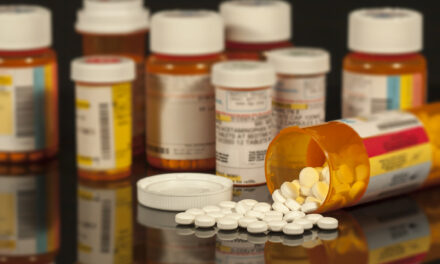ADA President Chad P. Gehani, DDS, pointed out that millions of patients have safely visited their dentists in the past few months for a full range of dental services.
The American Dental Association (ADA) released a statement noting while it respects the World Health Organization (WHO) recommendation to delay “routine” dental care in certain situations due to COVID-19, it “strongly disagrees” with the guidance.
The WHO released new interim guidance saying dental patients and staff need to be protected from any potential infection by aerosol-generating procedures during the pandemic. The organization admitted there is currently no data on the spread of COVID-19 in the dental setting, and it called for more research into the common procedures that produce particles that may cause infection if inhaled—including three-way air/water spray, ultrasonic cleaning equipment that removes deposits from the tooth surface, and polishing, according to the WHO’s new guidance.
In a press briefing, Benoit Varenne, a WHO dental officer, said the guidance recommends priority be given to urgent and emergency oral cases and avoid or minimize procedures that may generate aerosols.
“Oral health is integral to overall health. Dentistry is essential health care,” stated ADA President Chad P. Gehani, DDS. “Dentistry is essential health care because of its role in evaluating, diagnosing, preventing, or treating oral diseases, which can affect systemic health.”
Gehani added that in March, when COVID-19 cases began to rise in the United States, the ADA called for dentists to postpone all but urgent and emergency care in order to understand the disease, and consider its effect on dental patients, dental professionals, and the greater community.
Varenne added that the WHO is also concerned about the availability of essential PPE for all healthcare personnel in clinical settings.
In its statement, the ADA pointed out that both the ADA and the U.S. Centers for Disease Control and Prevention (CDC) then issued interim guidance for dental professionals related to COVID-19, adding that its own guidance calls for the highest level of PPE available—masks, goggles, and face shields. The ADA’s interim guidance also calls for the use of rubber dams and high velocity suction whenever possible and hand scaling when cleaning teeth rather than using ultrasonic scaling to minimize aerosols.
Gehani went on to say, “Millions of patients have safely visited their dentists in the past few months for the full range of dental services. With appropriate PPE, dental care should continue to be delivered during global pandemics or other disaster situations.”





